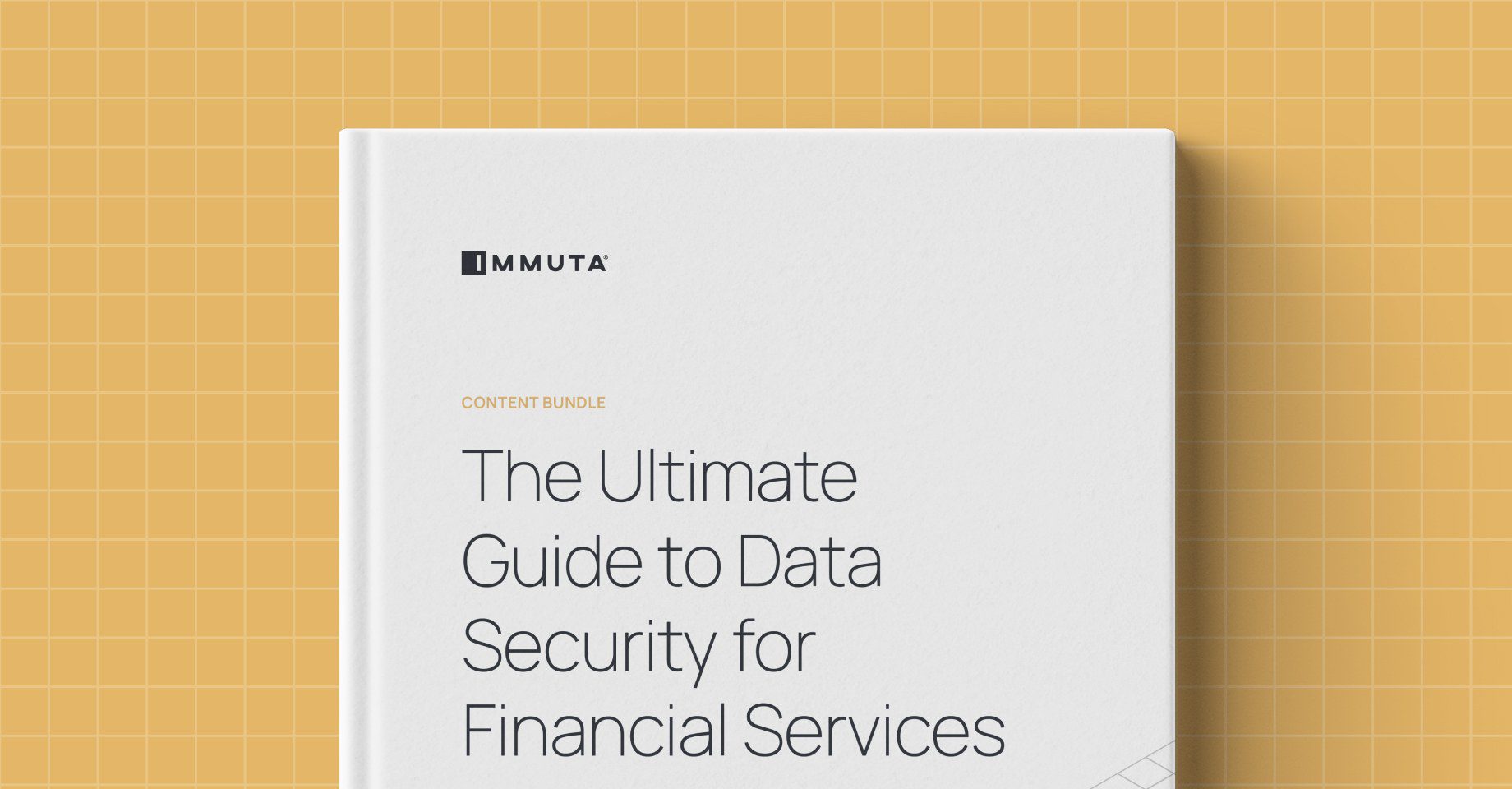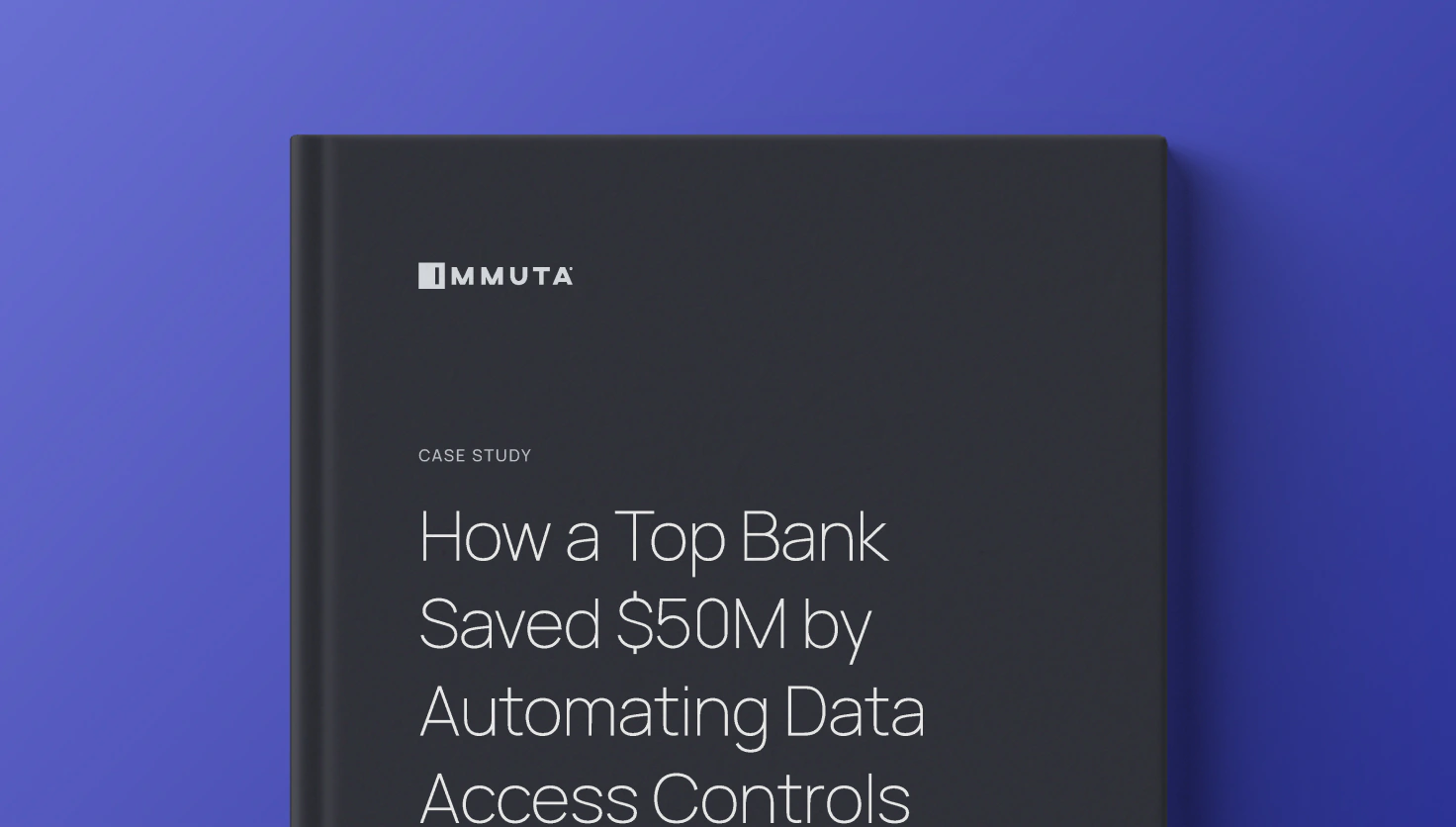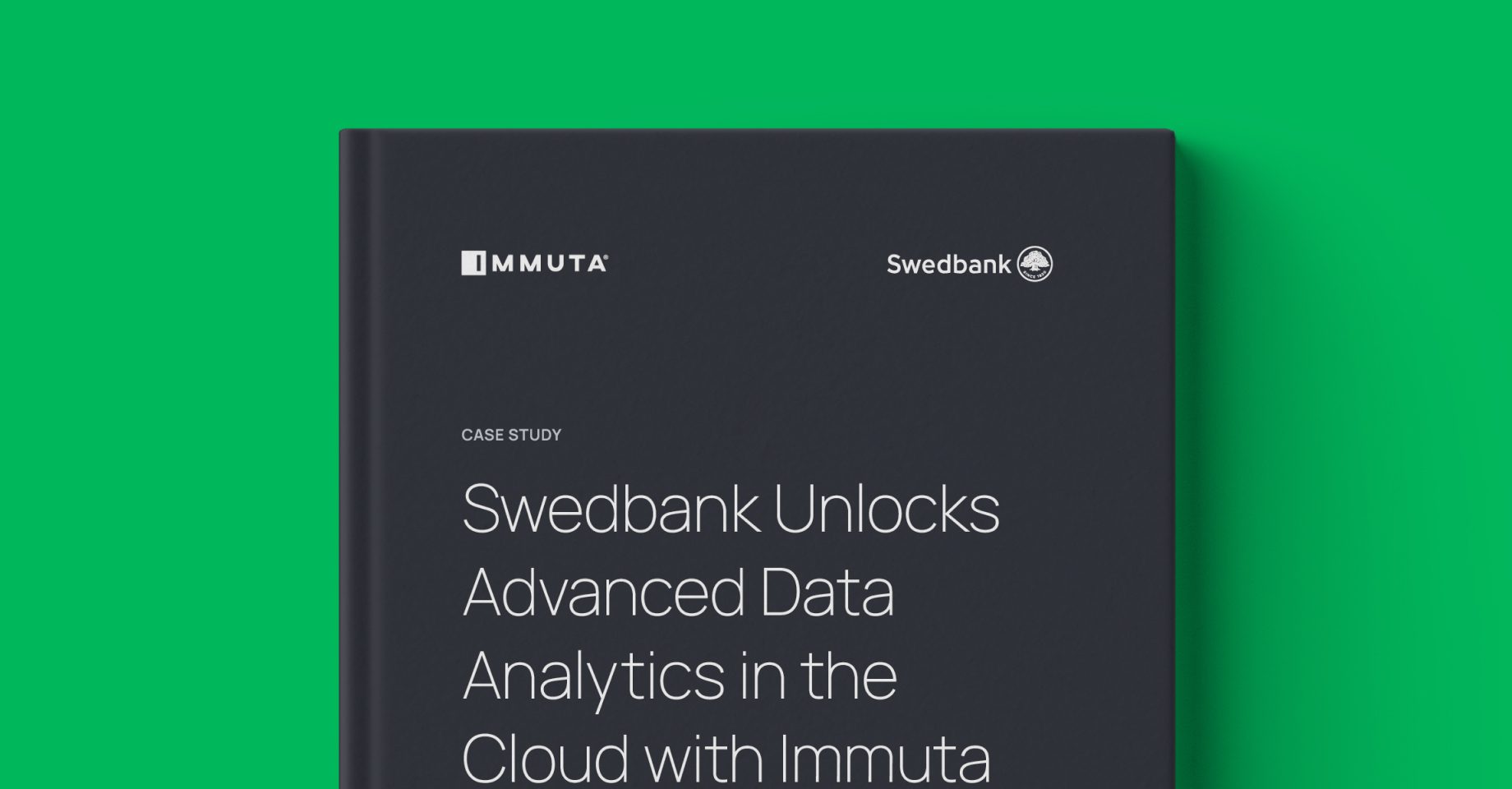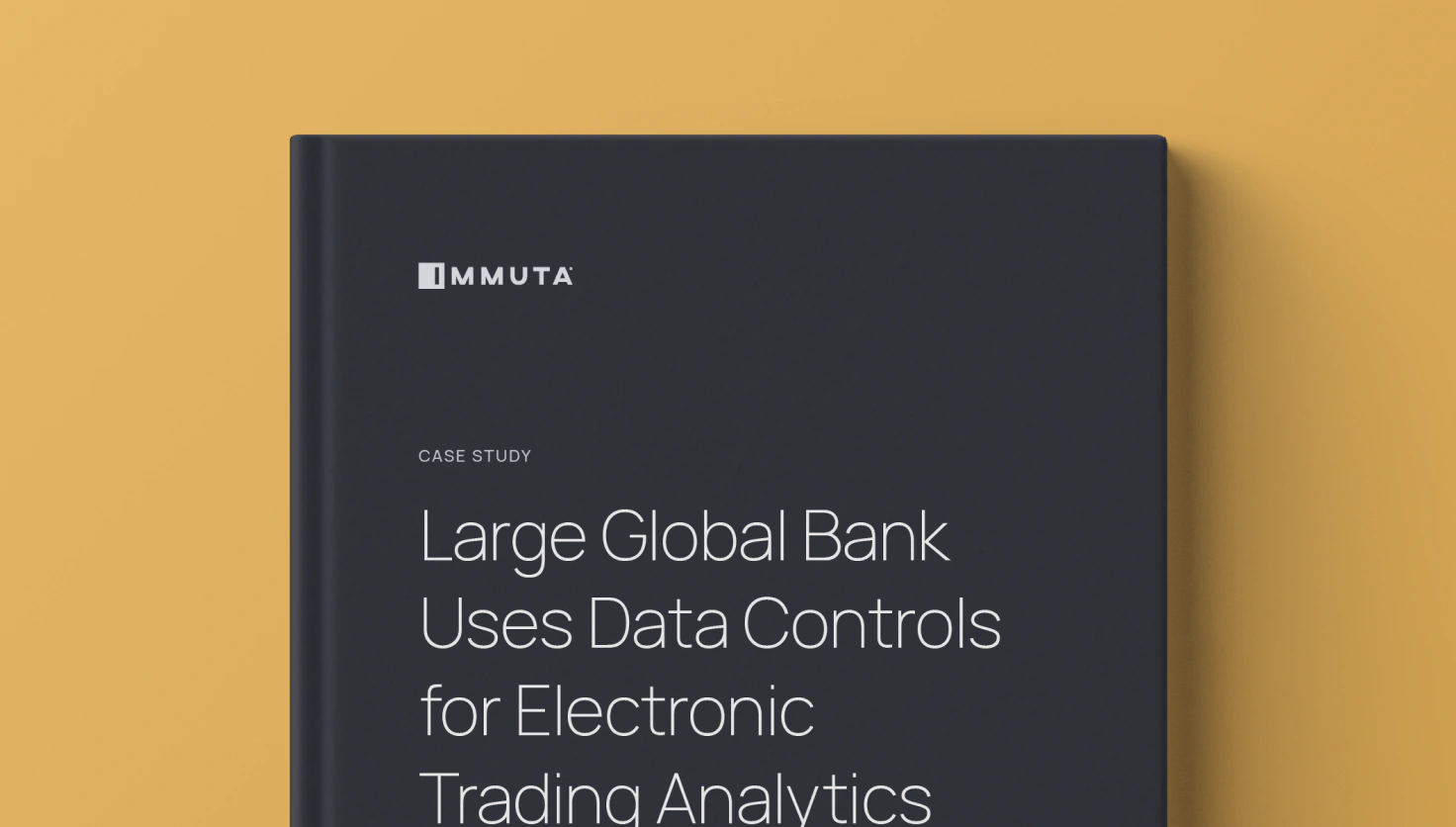
In the Financial Services industry, data is leveraged constantly in order to derive the most relevant and substantial insights. But where this data comes from – and where it goes – are not always easy to discern.
With strict regulatory requirements and reliance on legacy systems, managing data governance for financial services can be difficult, particularly at the speed and scale of the market. Locking data down too tightly with manual access request processes slows time to insights, but opening it up too broadly puts sensitive financial information at risk of exposure.
It is essential that financial services companies prioritize data security and governance throughout all points of the data lifecycle – or else risk it being misused or breached. But the question is how?
In this guide to data governance for financial services, we’ve collected our most helpful resources to assist firms in their pursuit of greater security and privacy – without sacrificing efficiency. You’ll find:
- An Introduction by Immuta’s Senior Vice President, Strategic Initiatives, Richard Geering.
- Large Global Bank Uses Data Controls for Electronic Trading Analytics: A case study examining how Immuta increased a bank’s data science productivity by 100%.
- Data Security for Licensed Compliance Data: A solution brief highlighting the balance firms must strike between deriving value and avoiding risk with sensitive data use.
- How to Mask Sensitive Financial Data in Databricks: A white paper that show how Immuta’s Databricks integration enables simple and secure data access and governance for financial services analytics.


